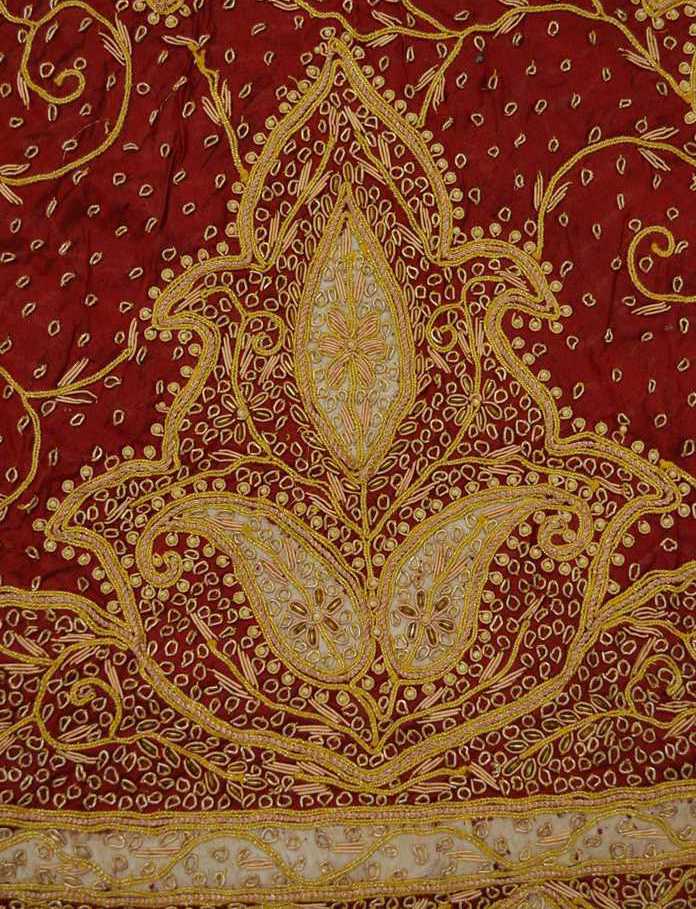===
1328,
1
===

=== |
 |
tark-e libās se mere use kyā vuh raftah raʿnāʾī kā
jāme kā dāman pāʾoñ meñ uljhā hāth āñchal iklāʾī kā
1) as for my abandonment of clothing, what does she care? --she is absorbed in graceful-movement
2) the hem of her robe is entangled with/'in' her foot; her hand, [with/'in'] the embroidered-fabric border
raʿnāʾī : 'Gracefulness of motion, graceful gait; grace, loveliness, beauty'. (Platts p.595)
āñchal : 'The border or hem of a cloak, veil, shawl, or mantle; a kind of sheet or wrapper'. (Platts p.89)
iklāʾī : 'Singleness; loneliness; —a sheet of one breadth (generally laced)'. (Platts p.66)
FWP:
SETS
MOTIFS == CLOTHING/NAKEDNESS; EROTIC SUGGESTION
NAMES
TERMS == OPPOSITIONNote for grammar fans: The omission of meñ in the second line is worth noticing. No doubt Mir feels that he can omit it because it's (implicitly) part of a second clause that is meant to be parallel to the first clause in the line, which does contain its own meñ . But if we hadn't intuited that (or had SRF to point it out), it's easy to imagine that in this or some other case we could have found the grammar absolutely impenetrable-- especially since hāth is unmarked, so there's absolutely no grammatical trace of the missing postposition. The possibility of this kind of thing just adds to the repertoire of interpretive tools that we need to carry with us into the Mirian world. These tiny little poems can be the hardest things in the world to interpret.